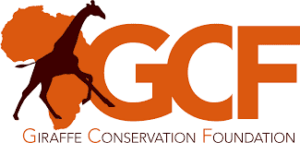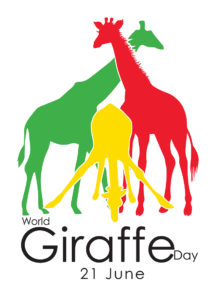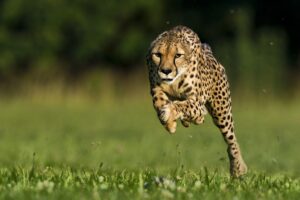Africa has over 1,100 different species of animals, many of which are sadly becoming extinct. There are different conservancies and conservationists who dedicate their time to saving these endangered animals. Poaching does play a huge role in the sudden drop in numbers, however surprisingly the environment is also to blame.
Rhinos
There are in fact five different Rhino species that roam the earth; namely The White Rhino, Black Rhino which are native to Africa, The Greater one horned, native to the Indian subcontinent (here you will need to get an indian visa application form in order to travel), the Sumatran and Javan Rhino which can be found in Asia. Indian via online.
In Africa we have the white and black Rhino’s, how do you tell the difference you may ask? Well, interestingly it’s the shape of their month that set these two apart! White Rhinos have more of a flat, wide mouth, this makes it easier for them to graze. The Black Rhinos pointed lips, help them browse, meaning they love to eat leaves off trees.

We are very fortunate that conservation is taken seriously in Namibia; we were the first country in the World to enshrine conservation in our constitution and nearly 50% of our land mass is under conservation of some sort. One of the organisations which operates in Namibia is the Save the Rhino Trust, they work closely with the Ministry of Environment and Tourism and local communities. Their dedicated team patrol the Kunene and Erongo Region to keep an eye on poachers or any danger that could potentially harm the precious animals. Rhino conservation remains an ongoing struggle for our dedicated conservationists.

In the ten-year period from 2005-2014 the Ministry of Environment and Tourism has reported that 8 white rhinos and 95 black rhinos have been poached.
In 2015 there were 91 rhino poached, most believed to have occurred in Etosha National Park while at least 4 were in Kunene.
In 2016 that figure dropped to at least 61 Rhinos killed throughout the country.
Giraffes
With four distinct species, it’s shocking that the world’s tallest animal is classified as endangered – due to habitat loss and poachers! Their legs alone are taller than the average human, about 183 cm’s! Their long necks, help them reach the delicious leaves off tress, a healthy consistent diet is necessary to these mammals, since they can live up to 25 years in the wild.

The Giraffe Conservation Foundation creates awareness and helps preserve these mammals. This organisation spends their time identifying the threats to giraffes in Africa and develop innovative ways to eliminate these threats. They also work very closely with the local community to help save these species.

In the late 1990s, it was estimated that giraffe numbers exceeded 140,000 individuals throughout Africa. A decade and a half on, preliminary population estimates suggest that the numbers are down to less than 80,000 individuals – a decline of over 40%. The need for accurate evaluation is therefore long overdue.
It is only through the tireless efforts of the GCF that in 2016 Giraffe were reclassified from ‘of least concern’ to ‘vulnerable’ on the International Union for the Conservation of Nature’s (IUCN) Red List.

Cheetahs
As we all know, the Cheetah is the fastest land animal in the world, although they are part of the cat family, climbing trees and roaring does not run in the blood. Sadly, Cheetahs have been hunted for their fur, however the biggest threat to their survival is loss of habitat, like the giraffe’s human settlements endanger their lives. The majority of our cheetah populations are not found in National Parks, but on privately owned land.

There are a number of organisations within Namibia who are working and educating local communities about human-wildlife conflict. Namibia is largely a farming and agriculture orientated country, one of the main reasons that humans are in constant conflict with free roaming wild-life. Conservationists want cheetahs to live as nature intended it, but if you throw a rock in the air, it will land on someone’s farm. The main aim of all these organisations are to try and make farmers understand that they do not have to shoot and kill cheetahs on their land and they want to provide farmers with assistance in terms of removing cheetahs from areas where they may be in conflict with humans. However, what most people do not understand is that, if you remove one predator from an area they have claimed, others will know the area is now unoccupied by a predator. If the one predator that inhabited a certain area is taken away, then that area is open for other predators to come. The area would now be open for 3 or 4 predators until one has claimed it again. The dilemma then continues….
These endangered animals can be found in remote areas in Namibia. Desert Rhino camp is located in the Kunene Region, where you can find the majestic Black Rhinos. Ongava game reserve, close to the entrance of Etosha nation park, home to both the Black and White Rhino. The Cheetah Conservation Foundation and AfriCat Foundation, situated close to Otjiwarongo and at Okonjima respectively, you can get up close and personal with the Cheetahs in a controlled environment. ATI Holidays cares about the environment and protecting our animals, we support numerous of conservations that help these endangered species.


